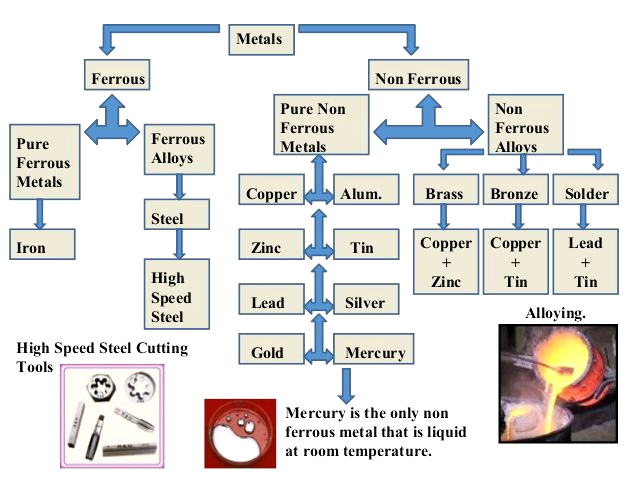National Non-ferrous Metal Scrap Recycling Framework | 15 Mar 2021
Why in News
The Ministry of Mines has issued a National non-ferrous metal scrap recycling framework, 2020 in a bid to cut down the scrap imports.
- It also seeks to use a life cycle management approach for better efficiency in the mineral value chain process.
Key Points
- Objectives of the Recycling Framework:
- To work towards economic wealth creation, job creation and increased contribution to GDP through metal recycling.
- To promote a formal and well organized recycling ecosystem by adopting energy efficient processes.
- To minimize the effect of end of life products on landfills and environmental pollution by promoting an environmentally sound recycling system.
- To evolve a responsive ecosystem by involving all stakeholders.
- Implementation Guidelines:
- The framework envisages setting up of a central Metal Recycling Authority to facilitate recycling of metals.
- The government will work towards establishing standards for Quality of scrap used for recycling.
- A mechanism for registration of segregators, dismantlers, recyclers, collection centers etc. will be developed to promote recycling to an organized sector
- It is proposed to set up Urban Mines, envisaged as a location to collect and hold large quantities of similar materials.
- An Online market platform/ exchange platform for recycled/secondary metal will be developed.
- Recyclers may explore the possibility of entering into collection contracts with industrial and commercial establishments.
- Roles/ Responsibilities of Stakeholders:
- Responsibility of Manufacturer: To ensure that any Extended Producer Responsibility (EPR) guidelines/Regulations be strictly adhered to.
- Designing products that are easier to recycle and reuse in an efficient and environmentally sound manner.
- Role of Public: Public should responsibly dispose of scrap at designated scrap collection centers for their effective and environmentally sound processing.
- Role of Government: MoEF&CC to streamline the regulatory requirements, eliminating multiple clearances wherever feasible, for the recycling units.
- Role of Recycling Authority: Developing technical, safety and environmental norms and SOPs for handling and processing of scraps in consultation with MoEFCC, CPCB, BIS, etc.
- Responsibility of Manufacturer: To ensure that any Extended Producer Responsibility (EPR) guidelines/Regulations be strictly adhered to.
- Challenges Faced By the Non-ferrous Metals Recycle Industry:
- A major challenge is its heavy dependence on import of metal scrap.
- Lack of an organized / systematic scrap recovery mechanism.
- Lack of sustained implementation of existing regulations on waste collection and recycling.
- Lack of standardization of recycled products adversely affecting market adoption.
- Lack of specific skill sets on responsible methods and technologies.
- Government Initiatives For Recycling
- The Ministry of Environment, Forest and Climate Change (MoEF&CC) is in the process of formulating National Resource Efficiency Policy (NREP) which aims to mainstream resource efficiency across all sectors, wherein Aluminium sector has been considered as a priority sector.
- The Ministry of Steel has brought out a Steel Scrap Recycling Policy which envisages a framework to facilitate and promote establishment of metal scrap recycling centers.
- NITI Aayog is proposing a comprehensive “National Material Recycling Policy” to drive concerned and coordinated national and state level programs, plans and actions towards ramping up material recycling in India in a formal and organized manner.
Non-Ferrous Metal
- The Non-ferrous metals can be classified in broad categories as
- Base metals (e.g. aluminium, copper, zinc, lead, nickel, tin)
- Precious metals (e.g. silver, gold, palladium, other platinum group metals)
- Minor metals including refractory metals (e.g. tungsten, molybdenum, tantalum, niobium, chromium) and
- Specialty metals (e.g. cobalt, germanium, indium, tellurium, antimony, and gallium).
- Aluminium is the second most used metal in the world after Iron.
- Copper is the third most important base metal by value.
- Zinc is the fourth most widely used metal across the globe.

